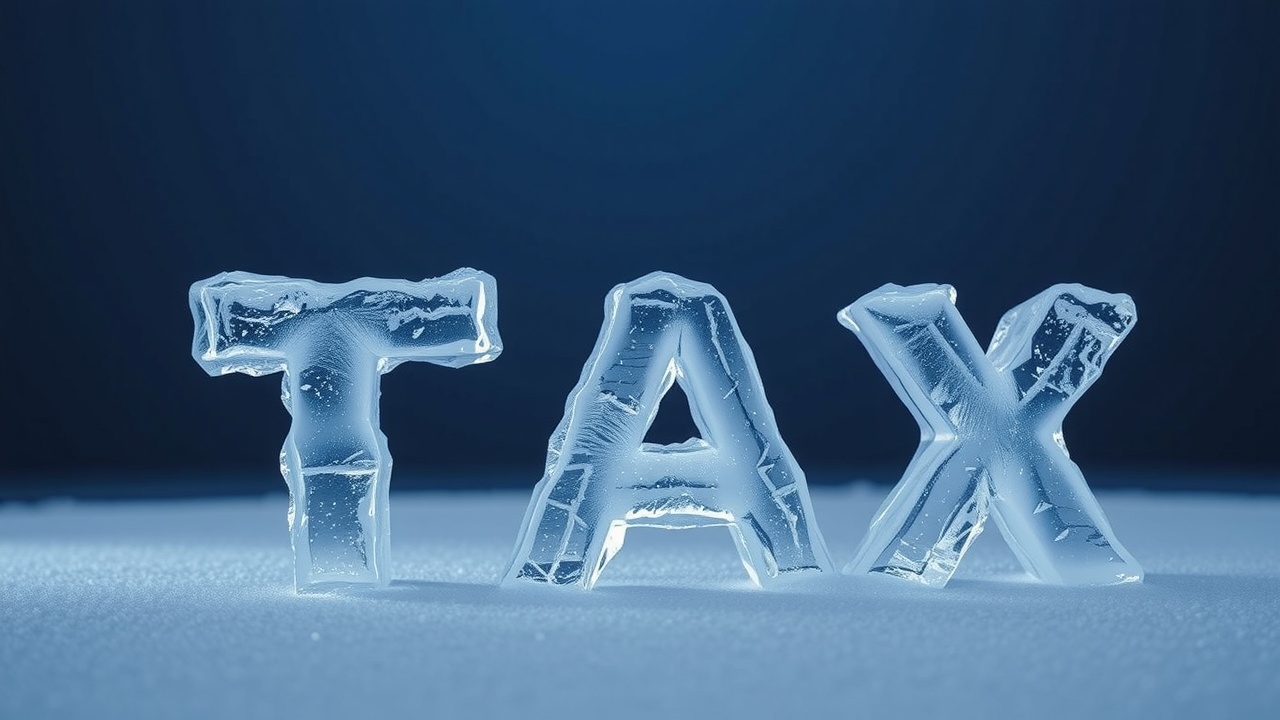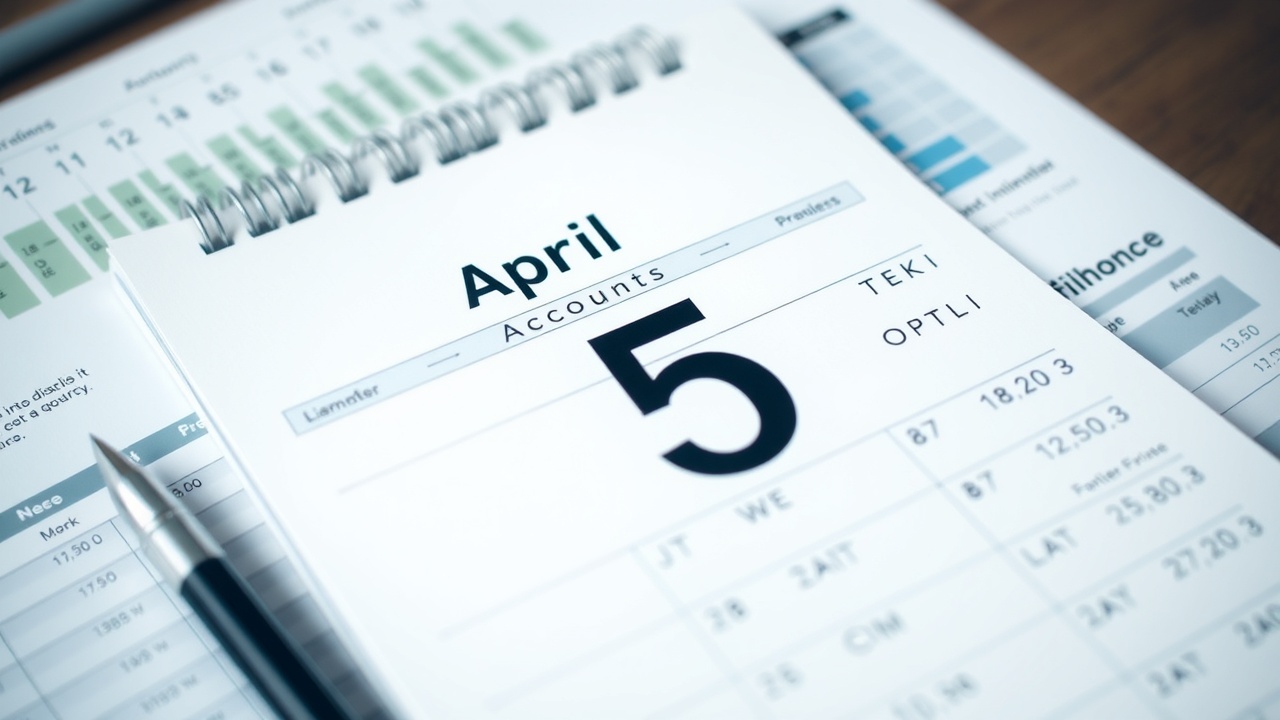
Due to the income tax band freeze, millions of people will be forced to pay higher taxes
We describe fiscal drag and offer tips for getting ready.
The ongoing freeze to income tax thresholds, known as fiscal drag, puts millions of taxpayers at risk of being forced into a higher salary band.
Research indicates that nearly seven out of ten investors are not aware that frozen income tax thresholds could result in them paying more tax, even though thresholds have already remained unchanged for two years.
Tax bands used to rise in line with inflation before the 2021 - 2022 fiscal year, but they don't now, so as wages rise, people end up in higher-than-expected tax bands. In the spring 2021 budget of Rishi Sunak, tax thresholds were frozen for five years. Later, former chancellor Jeremy Hunt extended the freeze until April 2028.
Rachel Reeves affirmed in the Autumn Budget of 2024 that the income tax threshold freeze would be maintained until 2028.
You may now find yourself in a higher tax bracket if your pay increases. Your purchasing power may be significantly impacted by this, which is referred to as fiscal drag. Even worse is the possibility of falling into a 60 percent tax trap for some higher earners.
Rob Morgan, chief investment analyst at Charles Stanley Direct, states that a greater percentage of earnings fall into higher tax bands as income and inflation increase. "In terms of purchasing power, an individual essentially pays more taxes on the same income.
It's concerning that according to a Charles Stanley Direct study, 69% of do-it-yourself investors are unaware of fiscal drag. "Could drag people into paying more tax without realizing," Morgan says.
According to OBR's October 2024 estimate, these changes will result in an additional four million taxpayers starting in 2027 - 2028 and increasing the total number of taxpayers to over 40 million.
We describe fiscal drag, how it impacts your finances, and how to stay out of trouble.
Fiscal drag: what is it?
Morgan says, "Fiscal drag describes the scenario where the tax burden rises behind the scenes as incomes rise but tax bands don't keep up or remain frozen."
On the surface, it doesn't appear to be an additional tax, which is why it's frequently referred to as a stealth tax. Neither bands nor percentages alter.
However, by pushing more taxpayers into higher tax brackets, freezing income tax thresholds increases government revenue, assuming wage growth is at least keeping pace with inflation (and currently outpacing it in the UK).
What are the income tax thresholds as of right now?
The table below provides specifics about the income tax rates and thresholds in England, Wales, and Northern Ireland. Every income earned in each band is subject to the tax rate; therefore, a higher rate taxpayer will pay the 20 percent rate on the portion of earnings between £12,571 and £50,270 and the 40 percent rate on any income over that.
We go into more detail about tax on savings in our "ISAs vs. savings accounts" guide.
Overcoming income tax threshold freezes and comprehending fiscal drag.
The general public doesn't fully understand fiscal drag. According to a survey by Charles Stanley Direct, only 50% of do-it-yourself investors could accurately define it. The survey found the following common misconceptions.
Twelve percent believe that fiscal drag occurs when government spending must decrease due to lower tax receipts; eleven percent believe that consumers experience fiscal drag if earnings rise but inflation declines; nine percent believe that taxes paid by businesses and consumers create fiscal drag on growth; nine percent believe that fiscal drag occurs when bond markets collapse; and nine percent believe that fiscal drag occurs when household income declines and moves down a tax bracket. Twenty percent claimed not to understand the meaning of fiscal drag.
Fortunately, despite the fact that fiscal drag is a complicated and counterintuitive phenomenon, there are a few easy things you can do to lessen its effects.
1. . Donate to a pension.
By receiving pension tax relief, you can essentially recoup your income tax contributions.
According to Morgan, "it means it only costs 80 to pay 100 into your pension for a basic rate taxpayer and 60 for a higher rate taxpayer."
2. . Think about making a sacrifice in salary.
Contributions made through salary sacrifice, if permitted by your employer, can further reduce the tax efficiency of your income. Salary sacrifice is the practice of a portion of your income going tax-free into your pension or other benefits like an electric car.
It only costs 68 to pay 100 into your pension for a basic rate taxpayer, and 58 for a higher rate taxpayer, Morgan explains. "This method allows you to save on both income tax and National Insurance." According to our research, 59% of do-it-yourself investors either use salary sacrifice now or intend to do so. Twenty-nine percent of them claim to use salary sacrifice in order to move down into a lower income bracket.
3. . Utilize the funds in your ISA account.
"Using an ISA can protect your savings and investment returns from the taxman and ensure you don't pay unnecessary tax. If you are a couple with different income levels, moving money or assets to the lower earner can also help minimize tax," Morgan says.
The personal allowance taper should be avoided.
Those whose income reaches £100,000 are subject to the personal allowance taper.
Your tax-free personal allowance will then begin to be deducted at the rate of one for every two over the limit. It indicates that once you reach 125,140 in earnings, your entire allowance is deducted. In effect, you are then paying 60% of your income tax.
Wealth management company Evelyn Partners' head of tax, Sian Steele, issues a warning: "Those who are close to or slightly above the £100,000 income threshold should be mindful of potential complexities when considering tax liabilities." For example, income from dividends and savings interest may not be taxed directly if it is included in allowances, but it will be included in adjusted net income and may therefore put a person on the personal allowance taper.
Paying cash into your pension to reduce your income and avoid the personal allowance taper can be a very tax-efficient strategy. Your take-home pay is frequently barely affected after accounting for employer matching and pension tax relief, and you also benefit from having more money in your pension pot.
In terms of the marriage allowance, what does fiscal drag mean?
You must stop receiving the marriage allowance if you or your spouse move up a tax bracket or become taxpayers. Civil partners and spouses who are forced into the basic-rate tax threshold will be impacted by this.
Suter clarifies: "You can no longer claim the marriage allowance once you switch to a basic-rate taxpayer. The government provides married couples and those in civil partnerships with a tax break known as the marriage allowance, which can amount to up to £252 annually.
The couple must earn less than the personal allowance, which is 12,570 this tax year, and one half of the couple must be a basic-rate taxpayer, meaning they make 50,270 or less annually, in order to be eligible for it.
Similarly, the lower-earning partner will no longer be able to share their income with their spouse through the marriage allowance if they discover that it exceeds the personal allowance.
The individual who submitted the marriage allowance claim needs to cancel it using their Government Gateway ID.














Leave a comment on: Will you be in a higher tax bracket as a result of frozen income tax thresholds?